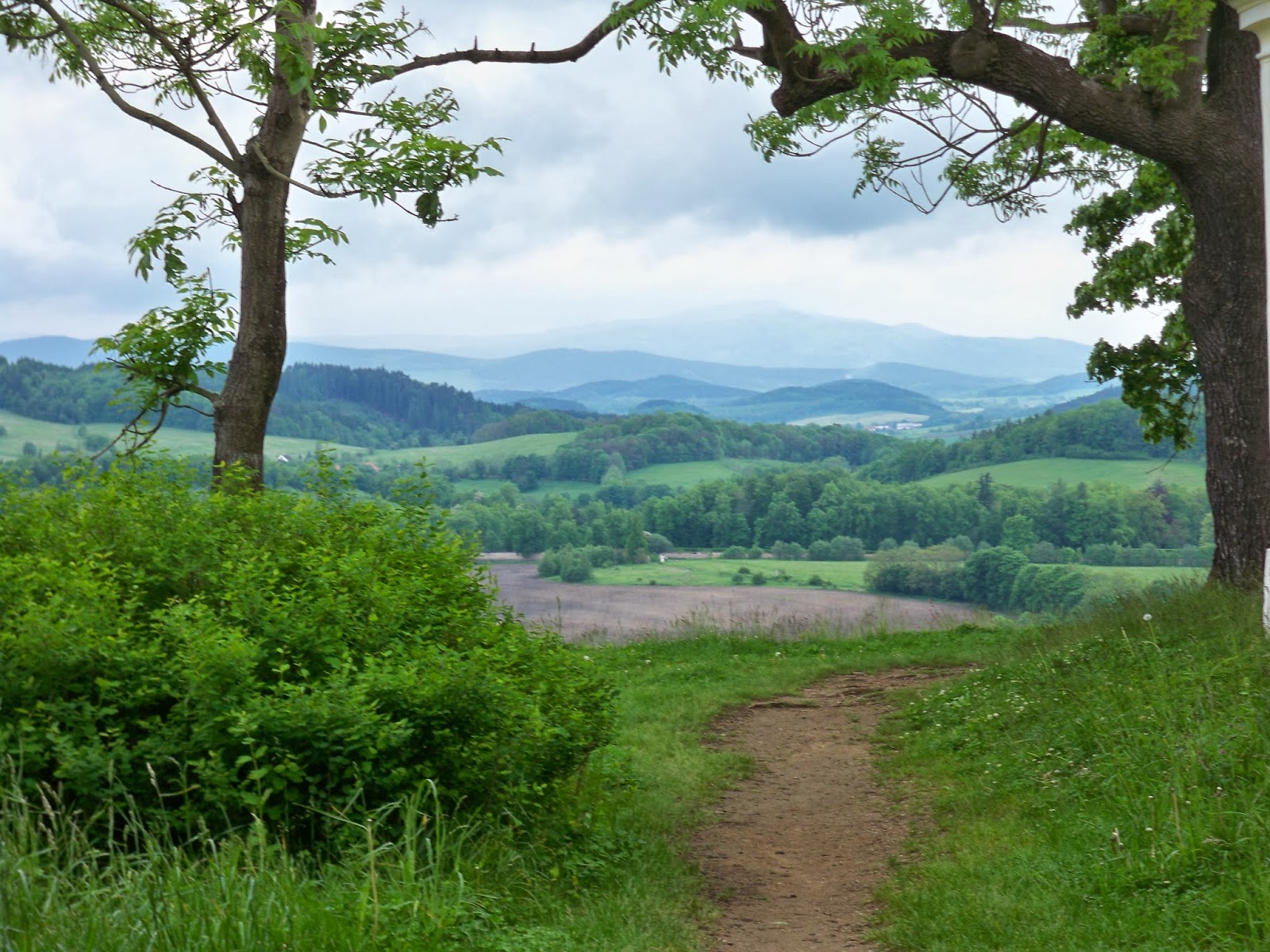I just finished reading Lynn Darling’s Out of the Woods: A Memoir of Wayfinding, a book about discovering a sense of direction in midlife.
When her daughter left for college, Darling moved to an off-the-grid house near Woodstock, Vermont. The woods were cool and inviting, a place to sort herself out. But Darling always became lost in them. So she took a survival course, learned to use a compass, acquired a topographical map. She found landmarks, charted distances from her house to a neighbor’s. Gradually she learned the nuances of wayfinding, when to trust herself and when to trust the map:
“Maps, I know now, are not static. Walk in a place long enough and you see all the mistakes that have yet to be corrected, the disconnect between the three-dimensional reality on which you walk and its two-dimensional representation. Walk in a place long enough and even the most accurate maps fail to represent what is actually there.”
As I read her book — on my Kindle — I pondered my own wanderings, the paths I’m following and the ones I am not. I thought about how important it is to stay limber as we grow older, to keep pushing ourselves in directions we have not gone before.
It took three-quarters of the book, but I finally performed my own little bit of technological wayfinding: I learned how to highlight the passages I enjoyed so I could find them later. A small achievement, but an achievement just the same. So, courtesy of Kindle’s “highlight” feature, here’s Darling again:
“Getting older is largely a matter of getting over yourself, of stepping out of your own way, the better to see the world through a wider lens than the narrow preoccupations of self had ever provided.
I wasn’t any of the things I had strived to be, or tried to escape. I was just a walker in the woods, who had learned a thing or two perhaps about finding her way, one who would get lost again and again.”
